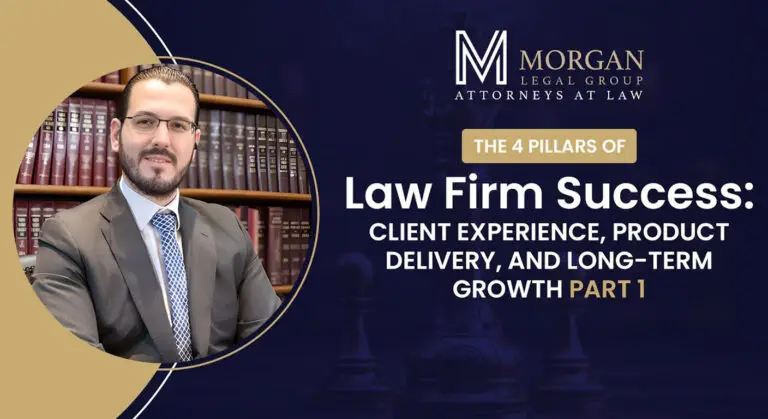Probate can be a long, arduous, and costly process especially in states that aren’t considered probate-friendly. Enter a workaround that is being used by an increasing number of people: revocable living trusts. Like a will, a revocable living trust allows you to determine how your property is distributed when you die. Trust owners can also make stipulations about how to direct specific assets after they die. The big advantage to using this type of trust is to avoid probate, giving the trust owner more control over how his or her assets are distributed. Because probate is a court process, overseen by a judge, things don’t always play out exactly as anticipated. Even in states where it’s easier, it’s still the better way to go because it gives you more control than you have with a will. And no matter how easy probate is, having a trust and having no probate is easier.”
How Living Trusts Avoid Probate
Here are the basics on avoiding probate with living trusts. Most people want to leave as much of their money to their children, or other heirs, as possible and want to avoid a big chunk of that money going to probate lawyers. That’s where living trusts come in handy, they can help in avoiding probate and probate fees. Probate involves inventorying and appraising the property, paying debts and taxes, and distributing the remainder of the property according to the will. When you make a living trust, your surviving family members can transfer your property quickly and easily, without probate. More of the property you leave goes to the people you want to inherit it. A basic living trust allows property to avoid probate and to quickly and efficiently pass to the beneficiaries you name, without the hassles and expense of probate court proceedings. A married couple can use one basic living trust to handle both co-owned property and separate property.
Creating a Trust
To create a basic living trust, you make a document called a declaration of trust, which is similar to a will. You name yourself as trustee the person in charge of the trust property. If you and your spouse create a trust together, you will be co-trustees. Then you transfer ownership of some or all of your property to yourself in your capacity as trustee. For example, you might sign a deed transferring your house from yourself to yourself “as trustee of the Jane Smith Revocable Living Trust dated July 12, 2020.” Because you’re the trustee, you don’t give up any control over the property you put in trust. In the declaration of trust document, you name the people or organizations you want to inherit trust property after your death. You can change those choices if you wish; you can also revoke the trust at any time. When you make a living trust, you should also make a back-up will. Doing so will ensure that any property not transferred to the trust will go to the people or organizations you want to receive it. If you don’t make a will, any property not included in your trust will be distributed according to the laws of your state, usually to the nearest relatives.
Taxes and Recordkeeping
After a revocable living trust is created, little day-to-day record keeping is required. Just be sure to do the required paperwork whenever you transfer property to or from the trust. That shouldn’t be difficult.
No separate income tax records or returns are necessary as long as you are both the grantor and the trustee. Income from property in the living trust must be reported on your personal income tax return; you don’t have to file a separate tax return for the trust.
After Your Death
When you die, the person you named in the trust document to take over, called the successor trustee, ownership of trust property to the people you want to get it. In most cases, the successor trustee can handle the whole thing in a few weeks with some simple paperwork. No probate court proceedings are required.
A few caveats(guild) with revocable living trusts:
- It is important to understand that a revocable living trust is one part of a larger estate plan. People still need documents including a durable power of attorney for finances, an advance health-care directive, a nomination of guardianship (if you have minor children) and a living will.
- Individuals with a revocable living trust should also have a pour-over will, which is a special type of will used to make sure any assets accidentally left out of the trust are added to the trust after the owner’s death. While there is still a probate process that must be followed, if the majority of the assets, particularly real estate, are held in a trust, the probate of the pour-over will, in many states, should be much simpler and there may be a fast-track option for assets under a certain amount.
- Another thing to remember is that retirement plans can’t be owned by a living trust, so it’s crucial for owners of these types of accounts to ensure their beneficiary designations remain up-to-date and in-line with their wishes.
Get Help
Do you have more questions about Probate? Our attorneys are ready to give you all the help and answers you need. Call us today.
FAQs
Why does a living trust avoid probate?
Because a living trust can serve as an alternative to a last will and testament.
What does it mean when a trust is in probate?
It simply means the court-supervised process of administering your estate and transferring your property at death pursuant to the terms of your will.
Does naming a trust as a beneficiary avoid probate?
Absolutely yes, because naming beneficiaries on your financial accounts and contractual policies will pass the assets or proceeds to the named Beneficiary.







